Extending the Stay: Converting Hotels to Multifamily
Malcom Davies and Zachary Streit of George Smith Partners on what it will take to pull off this pandemic-induced investment strategy.
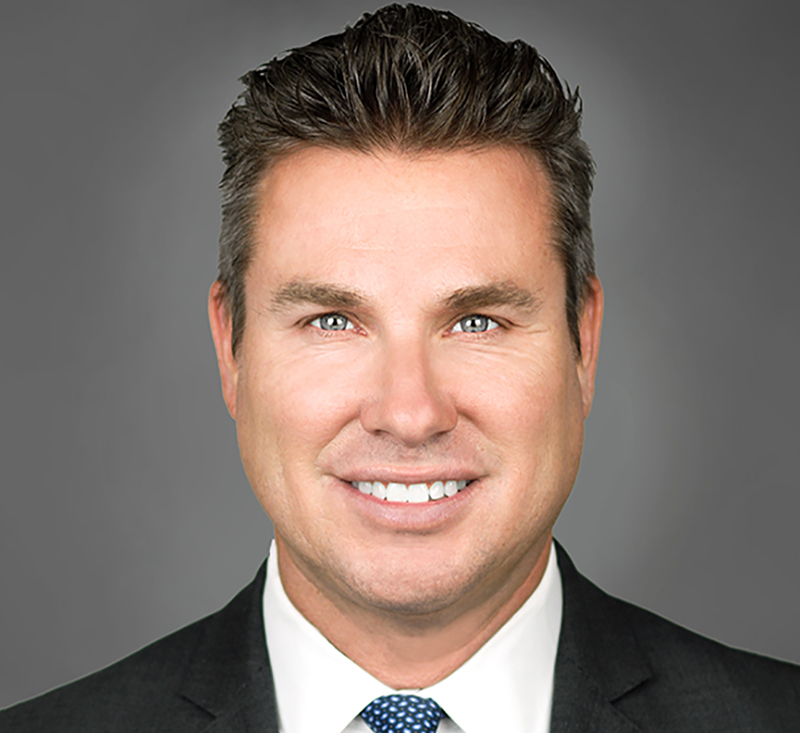
Malcolm Davies
With most prognosticators estimating that the hotel market will spring back fully sometime in early 2023, and CBRE pegging 2020 as the worst year for hotels since the Great Depression, some hotel property owners and investors are eyeing multifamily conversions.
Case in point: Harrah’s Reno Hotel and Casino is undergoing an adaptive reuse conversion into a nongaming hotel and mixed-use development to include multifamily housing, office and retail.
In neighboring Utah, our team is arranging financing for a partial hotel conversion to 184 studio apartments in Salt Lake City, and we are looking at similar deals in Denver and elsewhere.
Converting from hotel to multifamily can be a great idea that pays off in spades, or a treacherous path full of pitfalls. Capital sources know this and will expect the sponsors undertaking conversions to present compelling information to allay their concerns.
The good news is nonrecourse debt financing is available for these types of projects. In addition to strength of sponsor, location and business plan, pricing will also depend on leverage. Higher leverage options up to 80 percent loan to cost can be achieved for all-in rates in the 7-percent-to-8-percent range, with lower leverage options in the 55-percent-to-60-percent loan-to-cost range as low as 4 percent to 5 percent all-in.
A hotel sponsor would be wise to consider the following points in attempting to achieve highest leverage, best possible rate or some combination of the two.
Product type
Extended stay hotels and motels have the advantage of already having a bedroom, bathroom, living space and, often, kitchenette in one unit. Amenities are usually not extensive at these properties. Limited amenities like a pool, business center and gym can easily remain in place to serve residents.
Additionally, extended stay properties won’t require dramatic modification of mechanical, electrical and plumbing systems.
Traditional big box or luxury hotels will likely require more extensive renovation to add kitchenettes and may be prohibitively expensive. Hotels that serve business travelers may also contain a lot of meeting and event space that will have to be repurposed.
Converting traditional hotels for senior living, however, may solve some of these challenges. Common areas can be used for craft and activity rooms. If the operator is offering managed care, room sizes can remain small and meal service can remain centralized.
Age of the property
To convert a hotel property to residential use, the sponsor will have to comply with current residential building codes. Converting a hotel that predates many modern building codes will add time and cost to the conversion process.
Zoning
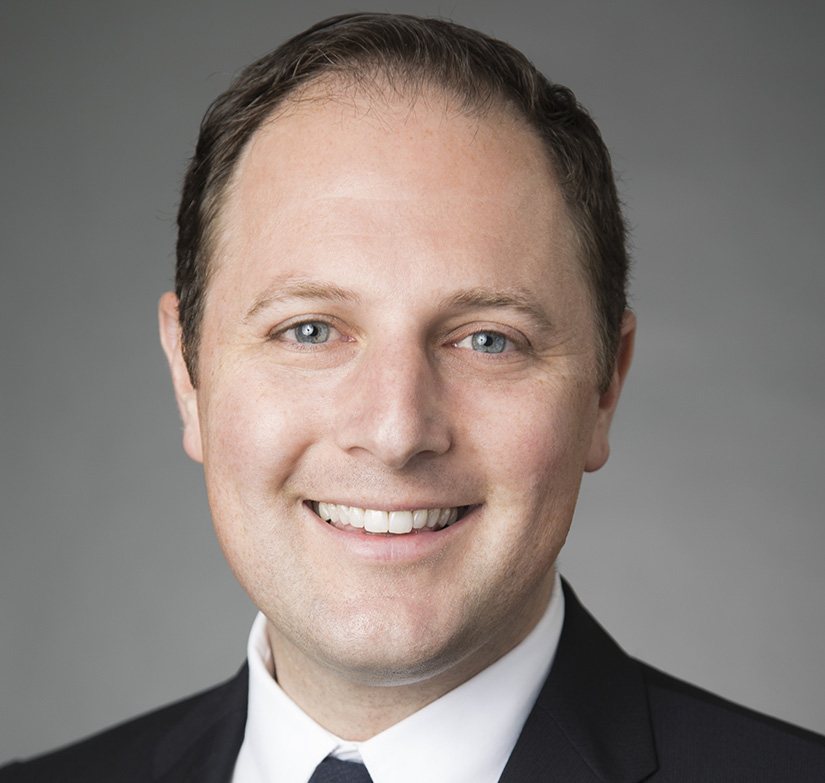
Zachary Streit
Consider that a hotel site may not be zoned for multifamily use. Since many metropolitan areas are experiencing housing shortages, especially in workforce housing, municipalities may be more willing than before to grant variances, but consider the time and expense of this entitlement process.
A municipality may be reluctant to lose transit occupancy tax from a hotel, so eradicating blight or marketing to a residential population likely to support surrounding restaurants and other businesses can be good points for the sponsor to highlight to the municipality.
The sponsor will also have to consider parking requirements, which may differ between hotel and multifamily properties. Hotel properties near public transit may benefit from reduced parking requirements when converted to residential use, depending upon the municipality.
Experienced team
Capital providers will want to see a proven team, including the general contractor and property management company. Unlike a simple multifamily renovation project, adaptive reuse construction projects are often complicated, and units can’t be leased or upgraded in phases to generate revenue flow during construction. The sponsor will need to execute a tight timeline, and the property management company will need to implement proven leasing strategies.
Since units will likely range from 200 to 400 square feet, sponsors should seek management companies catering to young people. In the case of senior housing conversions, the operator is even more critical given the high level of service that senior housing requires.
Once the sponsor has considered the feasibility of a conversion to multifamily and assembled a winning team, the strategy should be carefully articulated in its offering memorandum. The pool of lenders can include both those favoring adaptive reuse development and those who lean toward ground-up, but perseverance and a well-articulated strategy will be key to secure funding.
Malcolm Davies is principal/managing director and Zachary Streit is senior vice president at George Smith Partners’ Davies Group, a capital market services provider.

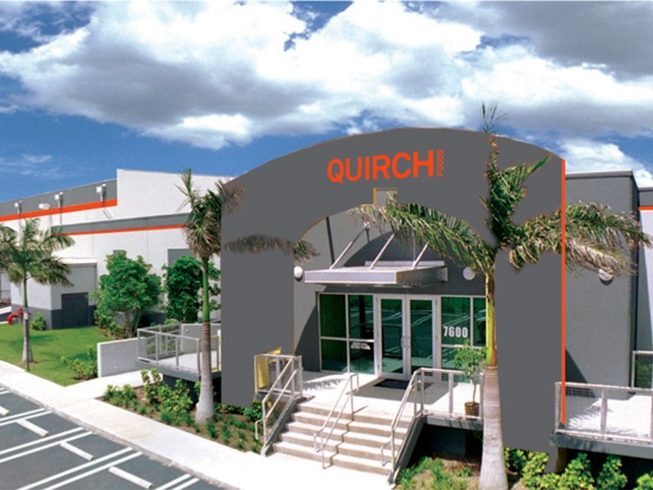
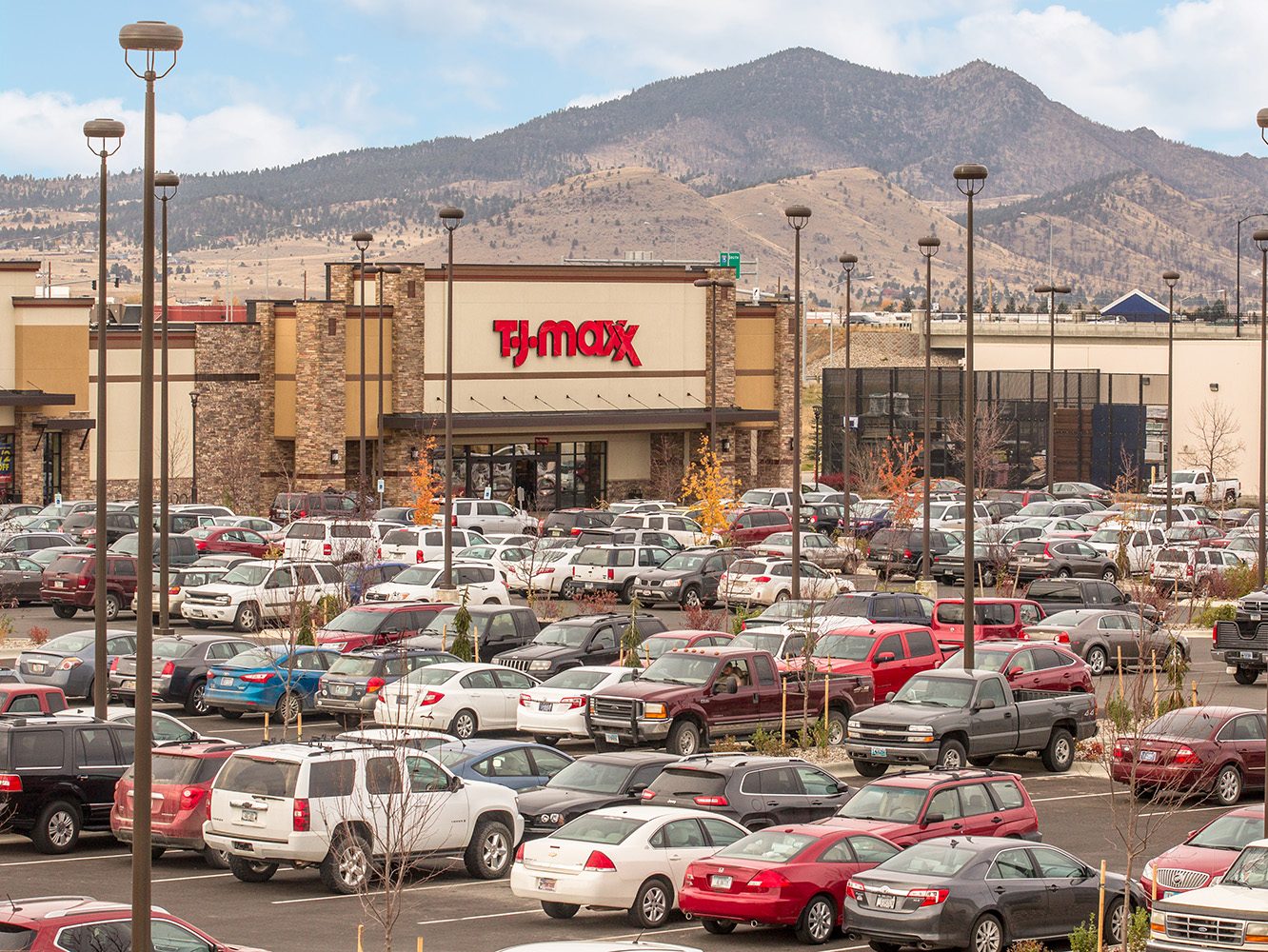
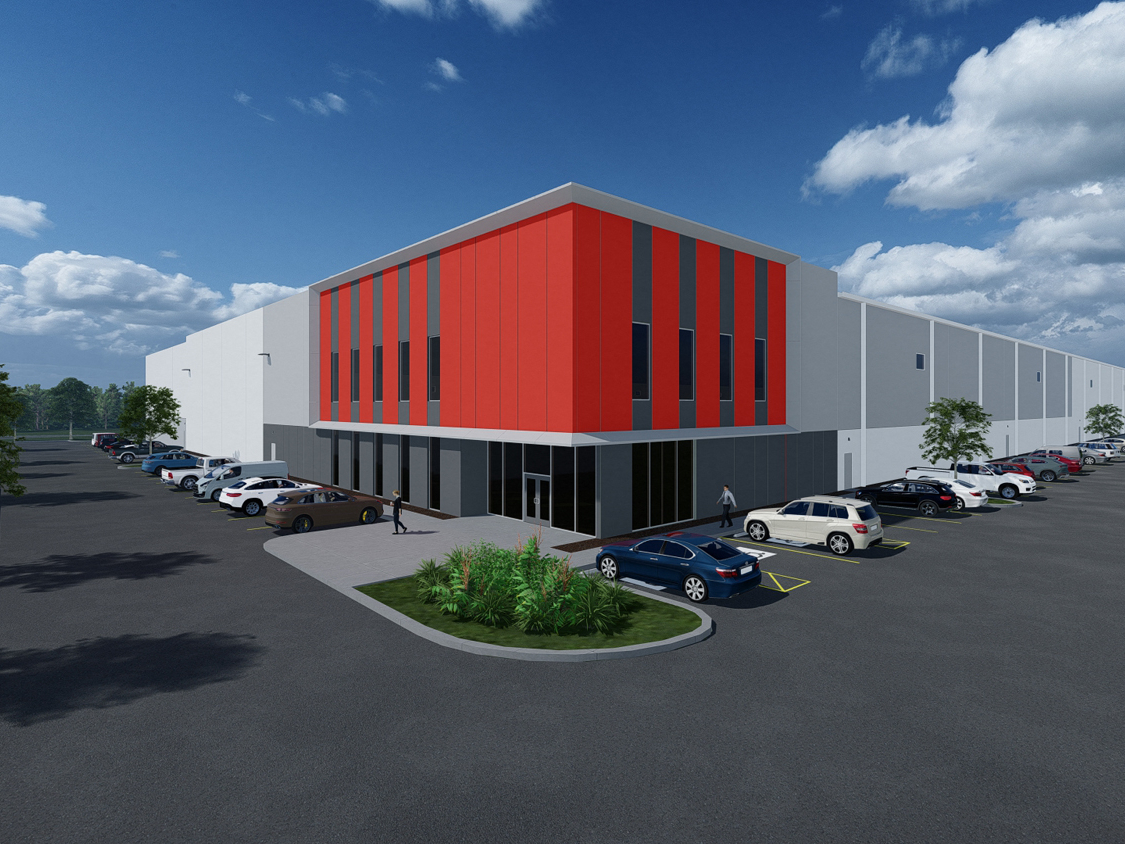
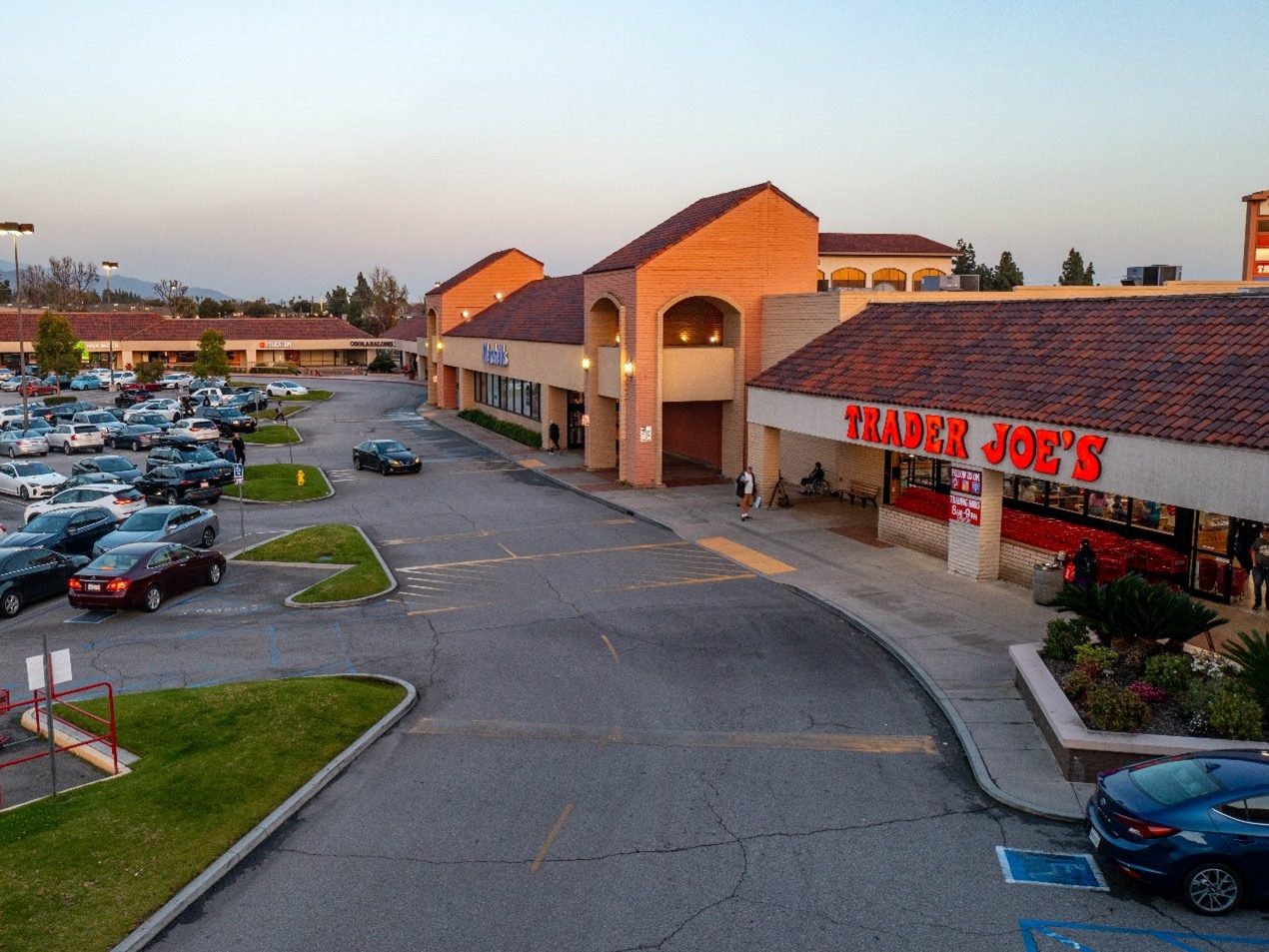


You must be logged in to post a comment.